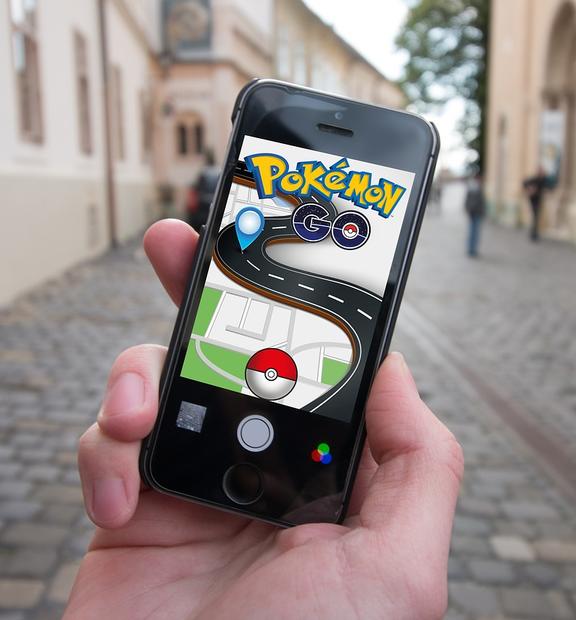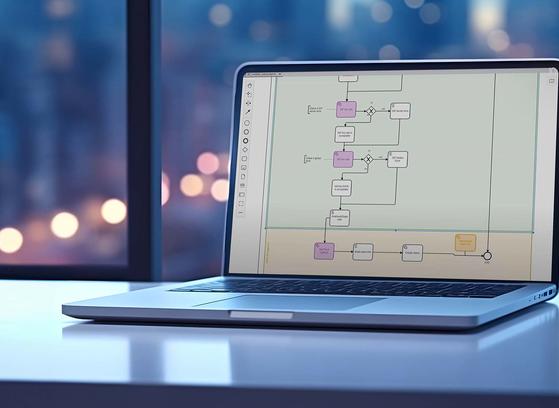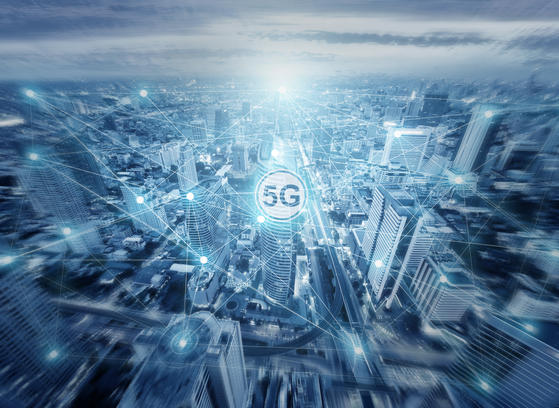To call Pokémon GO a phenomenon would be an understatement: post-launch, it only took a few days for the game to eclipse hugely popular mobile applications like Tinder and Twitter, while also topping WhatsApp, Instagram and Snapchat for average daily usage – 43 minutes and 23 seconds. Now, just over a month on the scene, the game has surpassed 100 million downloads, making it more popular even than the titan social media app Facebook Messenger.
What makes Pokémon GO unique from other free-to-play games is that it is fully mobile. Because of this, the game’s performance is wholly dependent upon access to ubiquitous data coverage. The game pulls in user data at all times in order to map out the placement of Pokémon characters upon a virtual world that lives on each user’s smartphone. This virtual world is integrated with reality rather than a virtual representation of an engineered reality, making it one of the first augmented reality (AR) success stories and demonstrating the potential of AR in mobile gaming. As such Pokémon GO represents a new era for gaming.
While still not as data-reliant as live-streaming applications, Pokémon GO does load wireless networks uniquely compared to other gaming apps. It is constantly pulling in complicated data sets related to motion and location that make it completely data addictive.
For mobile network operators, the game is a potentially great revenue generator, since it’s their network coverage that acts as the lifeline for the wildly popular app’s success. Pokémon GO is already generating an average of $10 million a day for all parties involved, including carriers who are charging customers for the upticks in data necessary for the games functionality. Some carriers are even seeing the app as an opportunity to sell plans by offering free Pokémon GO data to players who use the game as part of contract agreements and renewals.
However, if operators want to share in the financial windfall associated with Pokémon GO, networks need to be prepared. The game can create incredibly fluid and unpredictable traffic loads due to its mobile, interactive nature. Traffic is bound to increase in a specific area where Pokémon are prevalent, and users are going to be demanding constant, uninterrupted 3G or LTE coverage while they’re on the hunt.
A gamer will quickly discover if their carrier is falling short, particularly if they are the only one among fellow gamers whose carrier can’t keep up with their level of play. And, if that’s the case, they will surely not think twice before moving to another provider in an effort to get their hands on Pikachu. Without a network coverage and performance management tool in place, the opportunity for telcos to leverage Pokémon GO for high returns will begin to diminish as customers turn to carriers that can deliver.










